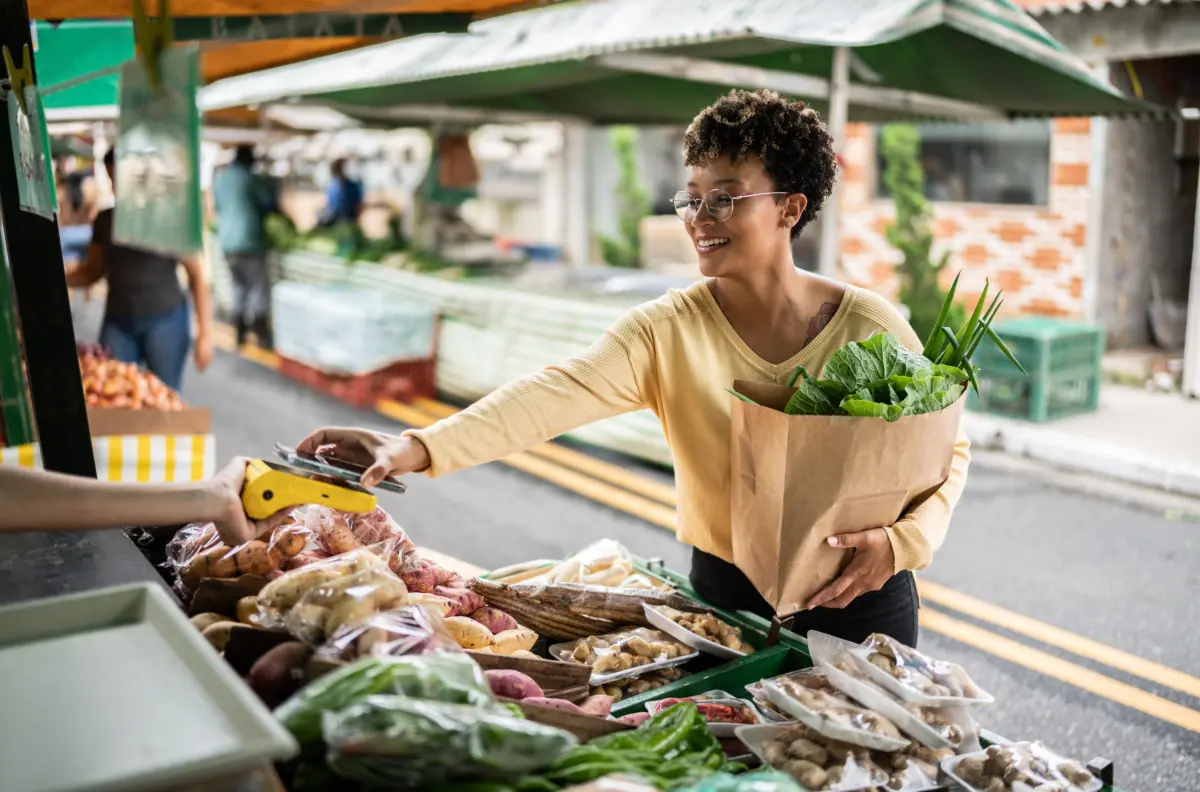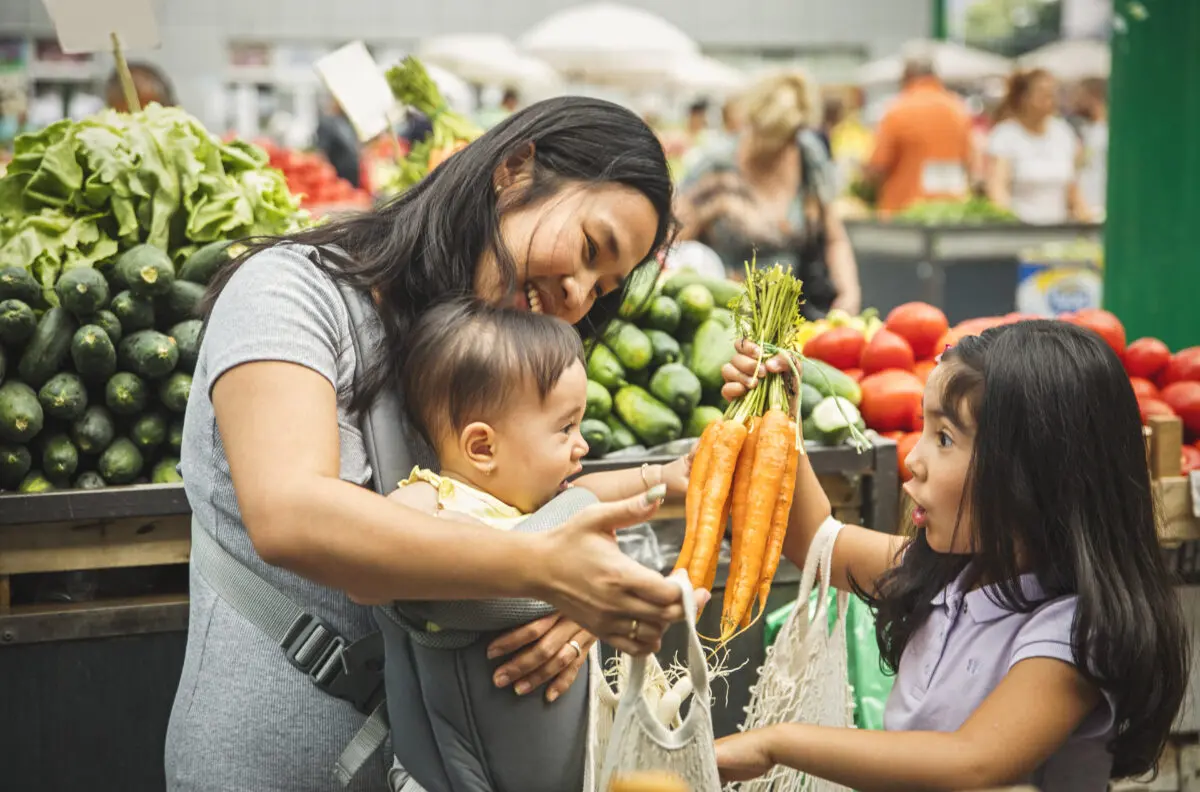From virtual schooling, to streaming TV shows, to online grocery shopping, the use of the internet and social media has skyrocketed during the COVID-19 pandemic—particularly for children and teens. As a result, kids are exposed more than ever to a steady flow of ads for fast foods, soft drinks, and other unhealthy products—often unbeknownst to parents and teachers.
We spoke with the lead authors of a new report, Big Food, Big Tech, and the Global Childhood Obesity Pandemic, Jeff Chester and Kathryn Montgomery about how food and beverage companies have seized on the pandemic as an opportunity to promote their unhealthy products to children and teens, using high-tech tools to penetrate nearly every aspect of their lives.


